Key Steps to Building an NFT Marketplace: Our Detailed Guide.
Non-fungible tokens have caught on and made inroads into numerous domains. With this in mind, it is wise to start thinking about the development of your own NFT marketplace to be one step (or even further) ahead.
By now hardly anyone out there hasn’t heard about the seemingly ubiquitous non-fungible tokens. This blockchain-powered phenomenon has redefined what’s possible and made its presence felt in a wide range of industries and domains, including digital art, entertainment, fashion, sports, gaming, media, and real estate.
According to the DappRadar Industry Report, in 2021 non-fungible tokens experienced a tremendous boom, generating about $23 billion in trading volume. On top of this, Collins Dictionary chose the term NFT as its 2021 word of the year, giving it priority over other digital-revolution and pandemic-driven words such as crypto, metaverse, hybrid working, etc.
But it is not just NFTs that are stealing the show. NFT marketplaces are also getting more and more popular by the day.
Once you have made up your mind to ride the NFT wave, you will have a competitive edge over others if you start exploring the basics of NFT marketplace development. In this article, we will tell you why you should build an NFT platform, how to do it, what stages the development process consists of, and what features an NFT marketplace should include.
Let’s start building!
Defining an NFT marketplace: what makes it special?
A number of new NFT platforms popped up in 2021. According to some stats, that year saw total spending of $41 billion worth of crypto on NFT marketplace development.
So what is an NFT marketplace really?
Simply put, an NFT marketplace is a platform that allows users to store, showcase, trade, and even create (mint) non-fungible tokens. These platforms generally make use of blockchain technology in order to verify the provenance and authenticity of the digital assets represented on the NFT marketplace website.
The best thing about NFT platforms is that they allow for effective cooperation and interaction between buyers and sellers. Once a transaction has been successfully carried out, a buyer/investor receives a token — a unique identifier representing proof of ownership and containing data about its origin, transaction history, author, and authenticity.
As of now, it is possible to either obtain or put up for sale a wide variety of digital assets, including works of art, in-game assets, memes, video clips, virtual land plots, and so on. The range of opportunities is wide and diverse and it is likely that we will see much more in the future.
What types of NFT marketplace are out there?
All NFT platforms fall into one of two key categories, augmented or streamlined.
Streamlined NFT marketplaces provide support to a broad range of NFTs and offer merchants more limited, generic services. Essentially, this type of NFT platform gives users the freedom to opt for the most convenient means of payment — either fiat or crypto.
Streamlined NFT platforms are often compared to traditional eCommerce platforms like eBay and Amazon and they make it possible to hold both auctions and fixed-price sales for various non-fungible tokens. The most vivid examples of streamlined marketplaces include OpenSea and Rarible.
Augmented NFT platforms , on the other hand, cater to the needs and requirements of specific, narrower niches, meaning that they zero in on offering specialized services to a particular category of non-fungible tokens. They are considered exclusive and usually charge higher fees on transactions compared to streamlined NFT marketplaces.
NBA Top Shot and SuperRare are key examples of augmented platforms. NBA Top Shot focuses on unique basketball collectibles while SuperRare specializes in virtual works of art and offers all-encompassing organization and recommendation services.
Before venturing into NFT marketplace development, you should carefully analyze the intricacies of both streamlined and augmented categories and determine which option will best fit your needs and expectations.
Getting to know the key principles of NFT marketplace functionality.
Generally all NFT marketplace platforms are reliant on smart contracts which are responsible for defining the terms of sale between a buyer and seller. These terms are pre-programmed in a self-executing digital contract stored on the blockchain network. The transaction is considered to be valid only after those terms have been met.
On top of this, thanks to smart contracts it is possible to view all relevant data about an NFT, helping to inform the buyer about its provenance and trading history.
To operate on an NFT marketplace, users will be required to connect their crypto wallets . These digital applications store data about the location of owners’ files on the blockchain. A crypto wallet also performs other functions such as allowing users to store, send, and receive digital assets.
It is important to note that a crypto wallet should be compatible with the blockchain that the NFT platform is based on and support its functionality. These days, you can either choose from a variety of existing crypto wallets like MetaMask and Trust Wallet or create your own from scratch which will be customized to your NFT platform.
And how does an NFT marketplace work?
Despite the fact that there are multiple NFT marketplace websites out there, each of them has its own unique algorithm and sequence of steps that empower users to create and sell NFTs. Nevertheless, the operating principles are more or less the same:
Users sign up to an NFT platform, create an account, and link their crypto wallet Sellers upload and list their digital goods for sale then wait for the moderation process to finish Buyers can purchase those NFTs either for a fixed price or via an auction If an NFT is sold through an auction, the seller decides whether to accept the bid or not. If yes, the NFT platform carries out an NFT transfer from buyer to seller.
Is it a good idea to create your own NFT marketplace?
Yes, definitely, and here’s why.
In 2021 the NFT market surpassed $40 billion and since then the trend has shown no sign of slowing down. Brands around the globe are chasing after NFTs, trying to stay on the same page as their customers and, of course, promote their products. Gucci, Coca-Cola, Asics, McDonald’s, and Ray-Ban are just a few of them.
As well as this, in January 2022 OpenSea — the largest NFT marketplace — reported that its value reached $13 billion after a recent surge in its user base. Given these pretty amazing metrics, it is wise to start thinking about the creation of your own NFT platform and be ready to launch it.
You might argue that there are already enough NFT marketplaces that can cater to the interests and likes of various audiences. But they all have certain limitations and none of them can satisfy the needs of all users. On top of this, the majority of existing NFT marketplaces are like a crazy quilt, meaning that they specialize in providing generic services to the most popular NFT classes and prefer not to focus on exclusive NFT categories. So you can make a difference: there’s an opportunity to carve out a unique niche for yourself in this landscape, and create your own trailblazing NFT platform.
But what benefits will you and/or your business gain from it?
Well, first of all, apart from granting you a unique and highly feasible investment opportunity, your NFT platform — provided that it will skyrocket and gain wide traction — will help you establish a global presence, become a real game-changer in the entire NFT space, and diversify your business .
Importantly, one of the reasons why NFT marketplace development has gained such wide prominence is that these platforms can actually bring profit to their owners . NFT marketplaces charge fees and commission either on purchasing or selling NFTs. Consequently, NFT marketplace owners always ride high and can make use of these unique revenue streams.
Understanding what features an NFT marketplace should possess.
Now that you know how an NFT marketplace works and what makes it special, it is time to get to know more about the core features that an NFT platform should possess. In actual fact, you are free to define exactly what functionality and properties your marketplace-to-be will have.
If you fear making a mistake and missing out on some essential features, it is certainly better to reach out to an experienced consulting team that will assist you in making the right decision. They will analyze your needs and requirements and come up with the most appropriate set of technical characteristics.
Still and all, there are some universal features that any NFT platform is required to have in order to provide its users with positive experiences. They include a storefront, search bar, listings, bidding functionality, reviews and ratings, push notifications, and support.
Let’s consider each of them in detail.
Catchy and attractive storefront.
Normally, the job of a marketplace storefront is to feature relevant information about NFTs that are listed on the platform. This includes owner name(s), previews, value history, bids, and a myriad of other details.
Convenient search bar.
A user should be able to quickly and effortlessly find the desired NFTs along with their data. Therefore, it is important to plan the development of an elaborate search bar that will help categorize and sort NFTs by different parameters such as images, videos, works of art, etc.
Ability to create listings.
Users need to be able to mint their works and list them directly on the NFT platform. With this feature, customers should be able to effortlessly upload their digital assets as well as fill in necessary information such as product description, tags, title, and so on.
Bidding option.
An NFT platform should ideally provide buying and auction functionality that will empower users to both obtain digital items and bid on them. By holding online auctions on an NFT marketplace, digital artists have a chance of getting the highest price for their works.
Buyers, for their part, should be able to view current data and statistics on their bids in order to determine whether to purchase a certain artwork or place a new bid.
NFT ratings and invest in nft reviews.
By developing rating tools, buyers can objectively estimate a digital item and decide whether it is worth purchasing or not. What’s more, by viewing feedback and reviews about a particular platform participant, users can see how credible this trader is and whether they will be a reliable partner in the long run.
Push notifications.
By implementing push notifications, you will allow users of your NFT marketplace to keep abreast of the latest NFT collection bids, NFT status changes, price updates, and new arrivals on the market.
Continuous support.
The support service is an integral part of the platform. The support team needs to help users instantaneously eliminate any arising issues and help find answers to their questions.
You can include a FAQ section on your NFT marketplace website as well as a chatbot or email support service.
How to secure an NFT marketplace.
Ensuring top security is one of the primary elements of NFT marketplace development. Given that your platform will be responsible for storing users’ private keys alongside their digital assets, you should be able to guarantee adequate and effective protection from any malicious activities and threats.
Unfortunately, no marketplace is completely immune to hacks and frauds. For instance, crypto wallet may make money OpenSea recently suffered a massive attack with the exploiter withdrawing $800,000 worth of crypto, and there are many other similar cases.
By implementing two-factor authentication (2FA) alongside other cybersecurity techniques on your marketplace platform, you will mitigate the risk of fraud and forgery. You could employ other security techniques like DDoS and SSL striping to improve the overall security of your NFT platform.
Discovering how to develop an NFT marketplace.
Now that we’ve covered all the elements of an NFT platform in detail, it is time to delve into the specifics of the development process and find out what steps it consists of. Below, we will describe the key stages and provide greater insight into each of them.
Step one — execute ideation and market research.
Before creating an NFT marketplace, you must specify your target audience. To do this, you will need to decide which segment your NFT platform will cater to — music, video clips, works of art, sports collectibles and memorabilia, and so on.
Remember that your platform should stand out among others and be of particular interest to the specific audience who will use it to trade. If you find it a bit challenging to conceptualize your NFT marketplace, turn to a professional team who will help you make the best decision.
Step two — ensure high-quality UI/UX design.
Though it is essential to follow the «don’t-judge-a-book-by-its-cover» mantra, the UI/UX constituent of your platform will undoubtedly contribute to both the first and, figuratively speaking, second impression on your users.
An NFT marketplace should be both easy to navigate and appealing to look at. Make sure that the design of your platform will be understandable so that everyone can effortlessly figure out how to use it.
Step three — get down to the development.
Once you have come to terms with the design idea, you can move on to development. At this stage, you are expected to define the tech stack and frameworks. The key part of this process is to decide which blockchain your project will be based on.
These days, there is a wide variety of blockchain platforms that can serve as a basis for an NFT marketplace. Estimate the capabilities of each option and work out which will be the most viable.
During this stage you will also need to take care of smart contract development. It is highly advisable to hire experienced smart contract developers who will help you deploy bug-free and high quality smart contracts that will contribute to the frictionless functioning of your NFT marketplace.
Step four — carry out testing and deployment.
The purpose of this step is to detect any bugs and arising issues that might hamper the platform’s performance, and fix them promptly. A team of QA engineers will need to conduct all-encompassing software testing of all platform components and ensure that everything runs smoothly.
Upon completion of the quality assurance process, your NFT platform can be deployed.
Step five — provide post-launch support.
Once you have your project deployed, do not forget about post-launch support. Try to update and enrich your NFT platform with new and advanced features as often as possible.
Crucially, resolve any occurring bugs and inefficiencies asap. By doing this, you will ensure customer satisfaction and loyalty.
Lowdown on blockchains for NFT platform development.
The blockchain that you choose as the foundation of your NFT marketplace will strongly influence the overall success of your project. So far, the most popular blockchain platforms for NFT development are Ethereum, Flow, Binance Smart Chain, Cardano, Solana, WAX, and Tezos.
Below, we provide a brief overview of each and share which NFT platforms have been created on them.
Ethereum.
Currently, the majority of all existing NFT platforms are based on Ethereum, including big players such as OpenSea, Rarible, Nifty Gateway, KnownOrigin, SuperRare, and Decentraland.
The Ethereum blockchain also offers two popular token standards — ERC-721 (non-fungible tokens) and ERC-1155 (semi-fungible tokens) which have formed the foundation for the majority of existing NFTs.
Flow.
The brainchild of Dapper Labs, Flow is a PoS-enabled blockchain that can power entire ecosystems of applications, particularly those connected with games and digital collectibles.
NBA Top Shot, a prominent NFT marketplace for trading virtual basketball cards, is based on the Flow blockchain. Other prominent examples of Flow-powered NFT platforms include BloctoBay and xtingles.
Binance Smart Chain.
Binance Smart Chain is widely regarded as a viable and high-performing blockchain for the development of NFTs and NFT marketplaces. It even has its own token standard called BEP-721 which contributes to the creation of non-fungible tokens.
BakerySwap, Refinable, and Binance NFT are among the most popular present-day marketplaces created on Binance Smart Chain.
Cardano.
Cardano is a highly scalable and energy-efficient blockchain used in the creation of NFT marketplace websites. It also stands behind the introduction of non-fungible tokens of appreciation (NFTAs) which are minted in compliance with the Cardano CIP-721 metadata standard. Examples of Cardano NFT platforms include jpg.store, Tokhun, and Galaxy of Art.
Solana.
The Solana blockchain makes use of the unique combination of proof-of-history (PoH) and proof-of-stake (PoS) consensus mechanisms. It enables the creation of advanced and fully-fledged NFT marketplaces such as Solanart, Solsea, and Metaplex.
Solana also has its own custom token standard, called SPL, and a cross-chain bridge — Wormhole — that allows users to lock ERC-20 tokens in an Ethereum smart contract and then mint the corresponding SPL tokens on the Solana chain.
WAX.
Commonly referred to as a green NFT minting machine, WAX is a great option for developing NFT marketplaces. The blockchain is said to consume about 125,000x less energy per transaction compared to Ethereum. So far, it has been used to establish outstanding platforms such as NeftyBlocks and AtomicHub.
Tezos.
Tezos has provided a rock-solid foundation for multiple NFT marketplaces, including Kalamint, Hic et Nunc, Bazaar Market, OneOf, and Objkt. This blockchain has as many as three token standards, with FA2 being specially designed for non-fungible tokens.
Closing thoughts.
These days we are witnessing ever-increasing belief in the potential of non-fungible tokens. They have proven to be versatile and apt, capable of galvanizing and defining the fate of literally any industry. It is safe to say that NFTs are here to stay with us for a long time — maybe for good — and we are yet to explore all of their extraordinary superpowers.
The ever-growing popularity of NFTs will also spark the need for and interest in the development of more NFT platforms to facilitate trades and bring NFT evangelists together.
When creating an NFT platform, it is necessary to take numerous aspects into account such as target audience, core features, stages of the development process, marketplace security, the specifics and capabilities of the underlying blockchain technology, and so on.
If you want your entry into the trending NFT space to be effortless, get in touch with our team of seasoned NFT marketplace developers. We will help you evaluate your project idea, consult on the proper tech stack, and build a robust, secure, and feature-rich NFT platform that will empower you to seize ample opportunities and stay ahead of the NFT curve.
Drop us a line and let’s get your project started today!
Kira Belova Copywriter Follow us on Facebook and LinkedIn to keep abreast of our latest news and articles.Blockchain facebook twitter linkedin.
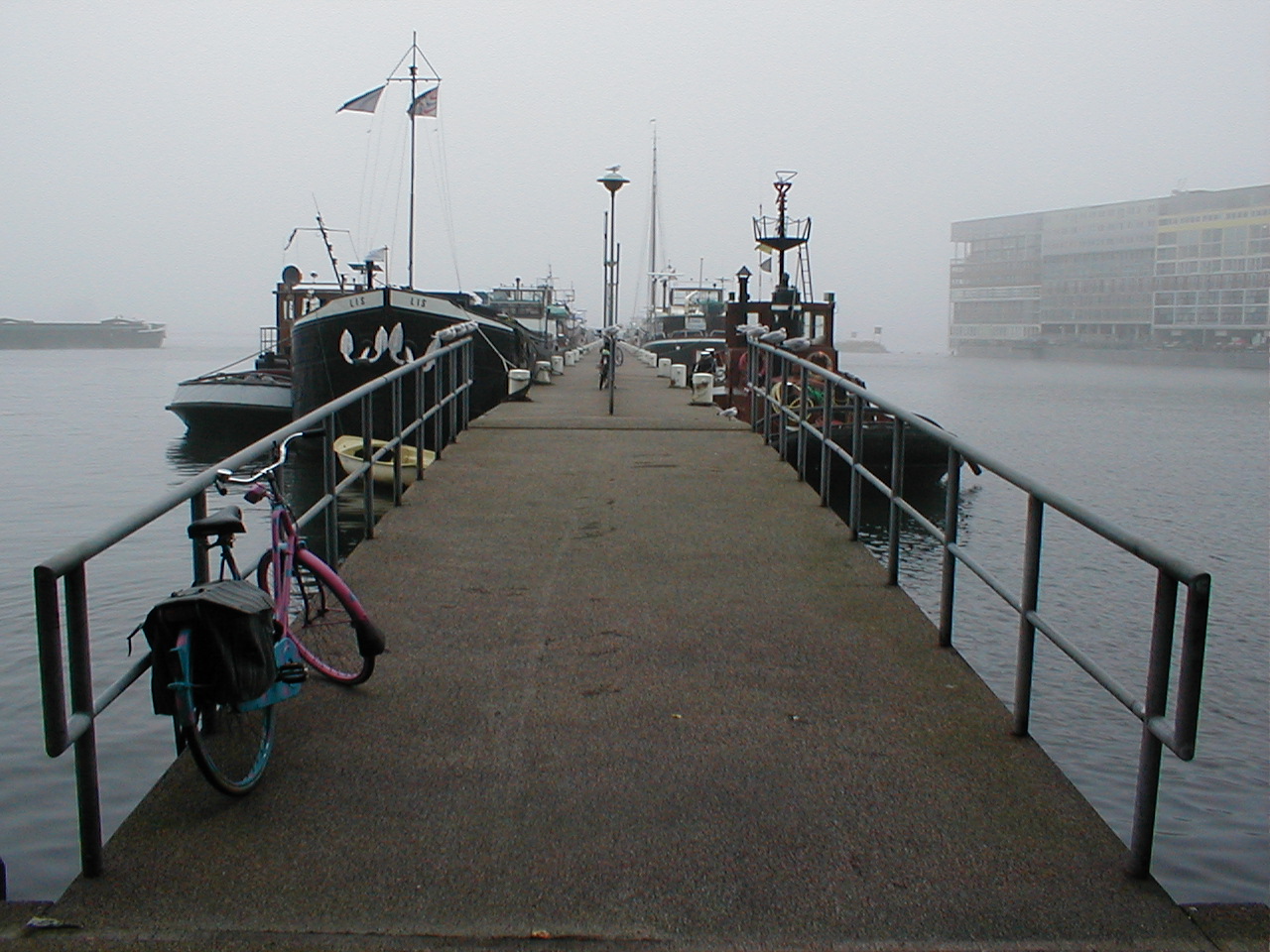 If you have any type of inquiries concerning where and the best ways to utilize aviator.binaryoptionsreview.ru, you can contact us at our web-page.
If you have any type of inquiries concerning where and the best ways to utilize aviator.binaryoptionsreview.ru, you can contact us at our web-page.

 This is one of the most advanced Industry 4.0 technology that has been applied to many current operating models of many businesses and giving the strengths in which NFTs came to life. Thanks to cloud technology, Internet of Things (IoT), crypto wallet may make money advanced simulation, and high computing power, the digital twins are definitely a reason that brought about NFT to be a hot emerging technology.
This is one of the most advanced Industry 4.0 technology that has been applied to many current operating models of many businesses and giving the strengths in which NFTs came to life. Thanks to cloud technology, Internet of Things (IoT), crypto wallet may make money advanced simulation, and high computing power, the digital twins are definitely a reason that brought about NFT to be a hot emerging technology.




 Later, the ‘token’ element was added to these assets and non-fungible tokens or NFTs were created.
Later, the ‘token’ element was added to these assets and non-fungible tokens or NFTs were created.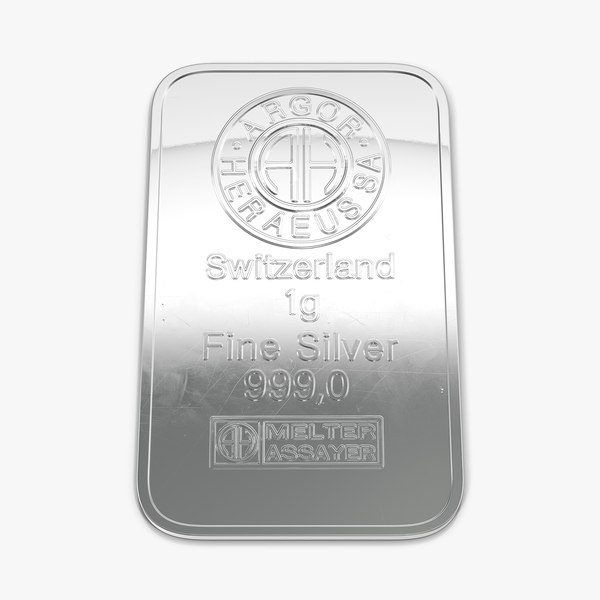
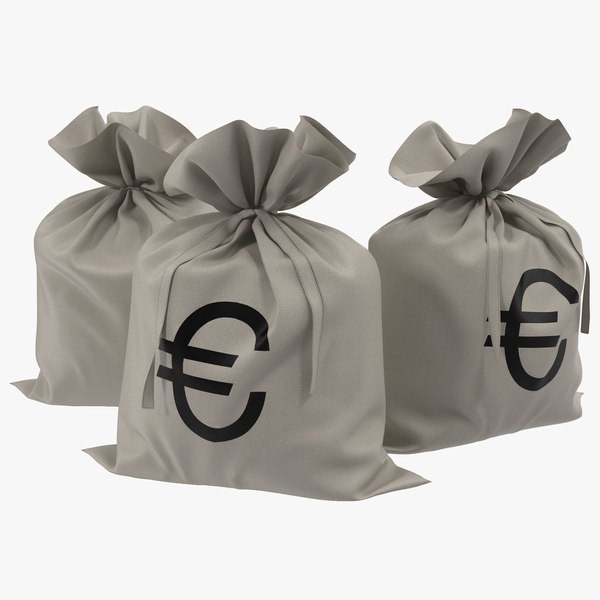

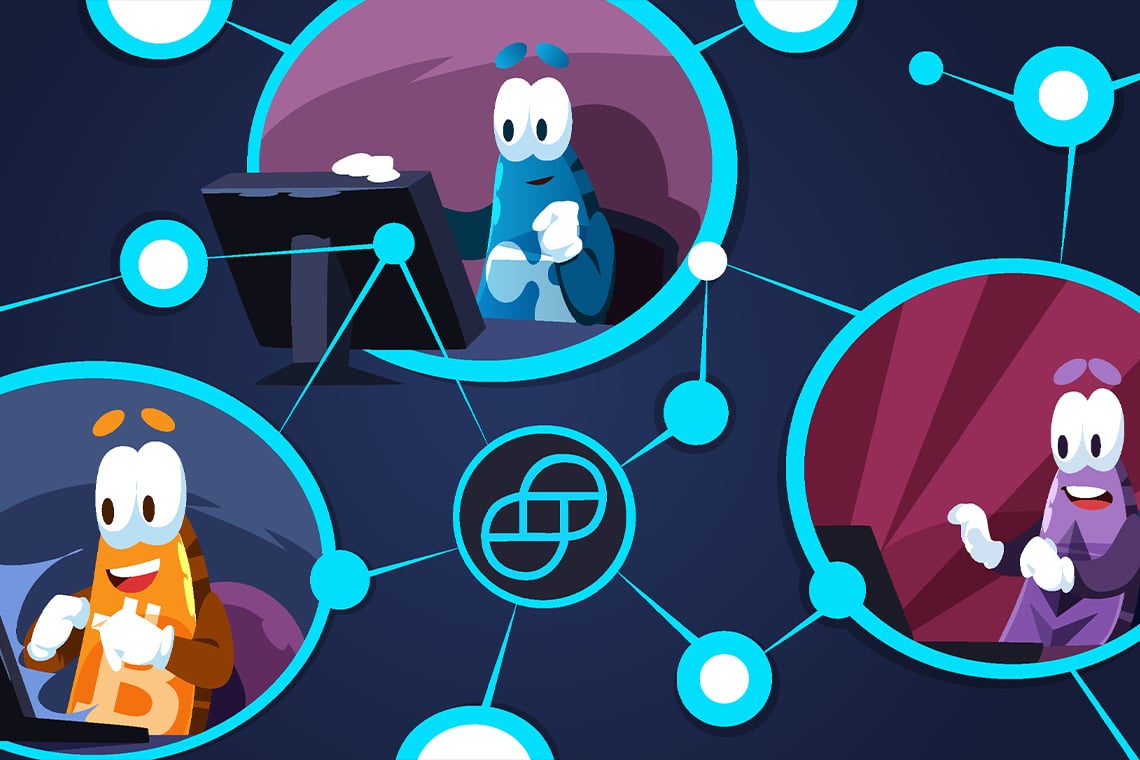 If you have any issues relating to the place and how to use
If you have any issues relating to the place and how to use 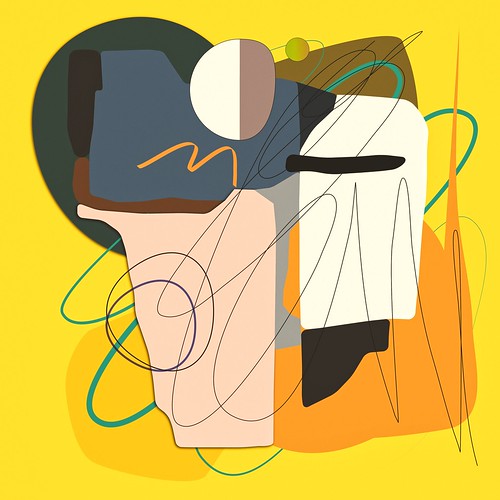
 Where top NFT artists reinterpret their favorite retro arcade games as playable on-chain NFTs.
Where top NFT artists reinterpret their favorite retro arcade games as playable on-chain NFTs.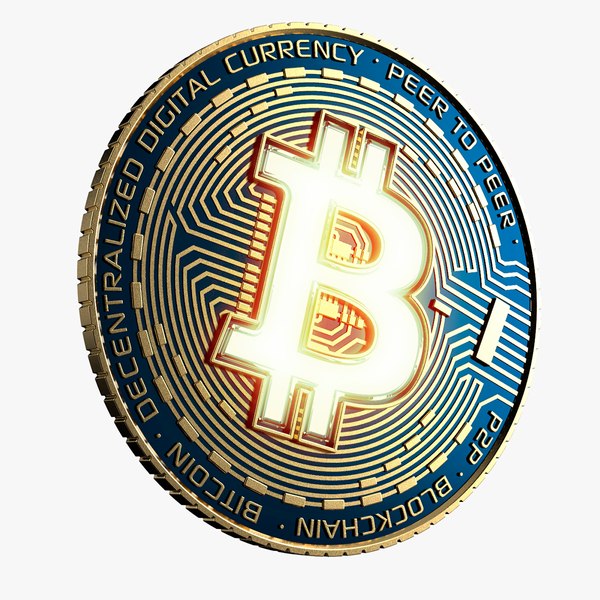


 If you have any type of inquiries concerning where and the best ways to utilize
If you have any type of inquiries concerning where and the best ways to utilize